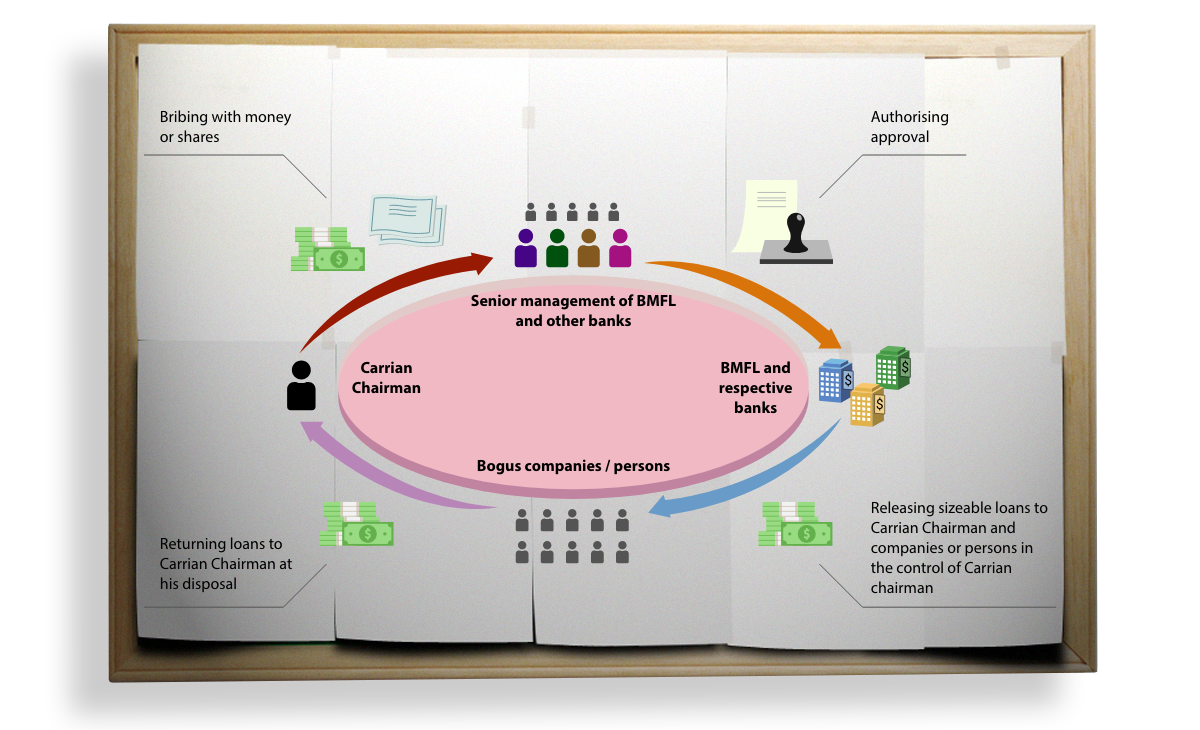Task Force 3 (TF3)
On 23 May 1985, the then Principal Investigator Anthony Robey was appointed Head of Task Force 3 (TF3), leading the first batch of 12 investigators on the Carrian case. Ricky Chu Man-kin, then a senior investigator, was among this group of TF3 officers.
Although Chu considered himself strong in mathematics, he made a ‘mistake’ in estimating the length of the case since what was thought to be a one-year case dragged on for more than ten years. He recounted quite dramatic the way he was ‘recruited’ into TF3: “In 1985, I was to be posted from the investigation branch to the ICAC Training School, serving as a training officer for new recruits when one day, I bumped into one of our assistant directors……”
Christopher Chui Yiu-shing, then assistant investigator, began working in the Task Force from the very beginning and stayed on the case until its completion. He explained the structure and work allocation of TF3: “The Noordin Report indicated that many of the loans from BMFL to Carrian were believed to be corruption-related frauds. When TF3 was established, it was divided into Team A and B to investigate fraud and corruption respectively. TF3 then followed up on the problem areas and alleged criminal conduct raised in the Noordin Report, and assigned an area of investigation for each officer.”


